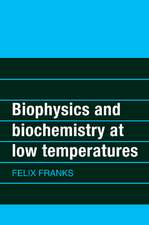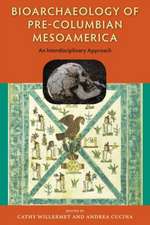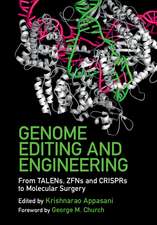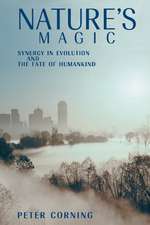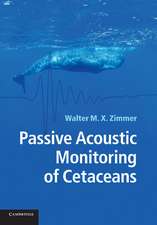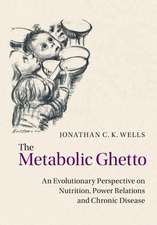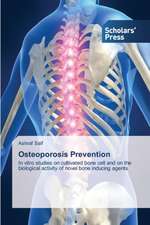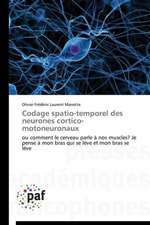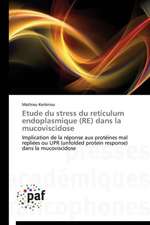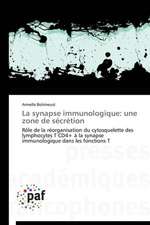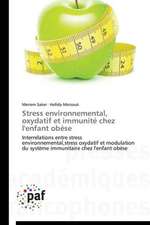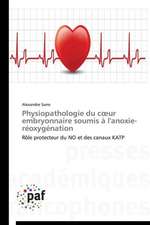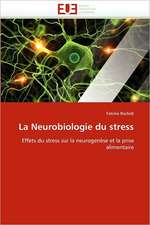Evaluating Evidence in Biological Anthropology: The Strange and the Familiar: Cambridge Studies in Biological and Evolutionary Anthropology, cartea 83
Editat de Cathy Willermet, Sang-Hee Leeen Limba Engleză Hardback – 13 noi 2019
Din seria Cambridge Studies in Biological and Evolutionary Anthropology
-
 Preț: 479.80 lei
Preț: 479.80 lei -
 Preț: 390.85 lei
Preț: 390.85 lei - 14%
 Preț: 750.86 lei
Preț: 750.86 lei - 11%
 Preț: 700.59 lei
Preț: 700.59 lei - 14%
 Preț: 722.61 lei
Preț: 722.61 lei - 9%
 Preț: 846.81 lei
Preț: 846.81 lei - 11%
 Preț: 460.98 lei
Preț: 460.98 lei - 11%
 Preț: 566.50 lei
Preț: 566.50 lei -
 Preț: 367.91 lei
Preț: 367.91 lei - 11%
 Preț: 693.77 lei
Preț: 693.77 lei -
 Preț: 356.37 lei
Preț: 356.37 lei - 11%
 Preț: 633.61 lei
Preț: 633.61 lei - 11%
 Preț: 619.90 lei
Preț: 619.90 lei -
 Preț: 396.29 lei
Preț: 396.29 lei -
 Preț: 279.00 lei
Preț: 279.00 lei -
 Preț: 304.74 lei
Preț: 304.74 lei -
 Preț: 371.32 lei
Preț: 371.32 lei -
 Preț: 376.06 lei
Preț: 376.06 lei -
 Preț: 332.66 lei
Preț: 332.66 lei -
 Preț: 421.01 lei
Preț: 421.01 lei -
 Preț: 303.60 lei
Preț: 303.60 lei -
 Preț: 309.27 lei
Preț: 309.27 lei -
 Preț: 376.62 lei
Preț: 376.62 lei - 11%
 Preț: 424.92 lei
Preț: 424.92 lei -
 Preț: 308.50 lei
Preț: 308.50 lei -
 Preț: 317.11 lei
Preț: 317.11 lei -
 Preț: 453.33 lei
Preț: 453.33 lei -
 Preț: 322.41 lei
Preț: 322.41 lei -
 Preț: 433.83 lei
Preț: 433.83 lei -
 Preț: 435.78 lei
Preț: 435.78 lei -
 Preț: 471.93 lei
Preț: 471.93 lei - 11%
 Preț: 474.71 lei
Preț: 474.71 lei -
 Preț: 428.90 lei
Preț: 428.90 lei - 14%
 Preț: 934.70 lei
Preț: 934.70 lei
Preț: 490.27 lei
Preț vechi: 605.27 lei
-19% Nou
Puncte Express: 735
Preț estimativ în valută:
93.84€ • 101.97$ • 78.88£
93.84€ • 101.97$ • 78.88£
Carte tipărită la comandă
Livrare economică 16-22 aprilie
Preluare comenzi: 021 569.72.76
Specificații
ISBN-13: 9781108476843
ISBN-10: 1108476848
Pagini: 228
Ilustrații: 24 b/w illus. 23 tables
Dimensiuni: 178 x 252 x 15 mm
Greutate: 0.59 kg
Editura: Cambridge University Press
Colecția Cambridge University Press
Seria Cambridge Studies in Biological and Evolutionary Anthropology
Locul publicării:Cambridge, United Kingdom
ISBN-10: 1108476848
Pagini: 228
Ilustrații: 24 b/w illus. 23 tables
Dimensiuni: 178 x 252 x 15 mm
Greutate: 0.59 kg
Editura: Cambridge University Press
Colecția Cambridge University Press
Seria Cambridge Studies in Biological and Evolutionary Anthropology
Locul publicării:Cambridge, United Kingdom
Cuprins
Introduction: (re)discovery of the strange and the familiar: theory and methods for a twenty-first-century biological anthropology Sang-Hee Lee and Cathy Willermet; Part I. The Strange and Familiar: New Landscapes and Theoretical Approaches: 1. Women in human evolution redux Dänae G. Khorasani and Sang-Hee Lee; 2. Hegemony and the Central Asian Paleolithic record: perspectives on Pleistocene landscapes and morphological mosaicism Michelle M. Glantz; 3. Anthropology now: how popular science (mis)characterizes human evolution Marc Kissel; 4. The strangeness of not eating insects: the loss of an important food source in the United States Julie J. Lesnik; 5. Methods without meaning: moving beyond body counts in research on behavior and health Robin G. Nelson; Part II. (Re)discovery of Evidence: New Thinking About Data, Methods, and Fields: 6. (Re)discovering paleopathology: integrating individuals and populations in bioarchaeology Ann L. W. Stodder and Jennifer F. Byrnes; 7. Parsing the paradox: examining heterogeneous frailty in bioarchaeological assemblages Sharon N. DeWitte; 8. Seeing RED: a novel solution to a familiar categorical data problem Cathy Willermet, John Daniels, Heather J. H. Edgar and Joseph McKean; 9. Paleoanthropology and analytical bias: citation practices, analytical choice, and prioritizing quality over quantity Adam P. Van Arsdale; 10. (Re)discovering ancient hominin environments: how stable carbon isotopes of modern chimpanzee communities can inform paleoenvironment reconstruction Melanie M. Beasley and Margaret J. Schoeninger; Discussion and conclusion: move forward, critically Cathy Willermet and Sang-Hee Lee.
Recenzii
'This edited volume critically examines how practitioners of biological anthropology apply methods, interpret evidence, and produce established knowledge … The opening five chapters are dedicated to theoretical and philosophical issues. Some themes have been discussed for decades, such as how women are portrayed in evolution and how popular science mischaracterizes human evolution, while others are newly emerging, such as the question of why insects are not eaten more widely on a global scale. The last five chapters present new approaches to data analysis and methods. These include contributions on disability and care in paleopathology, the osteological paradox in bioarchaeology, the incompleteness of fossil evidence, and the application of stable isotope studies for interpreting past environments.' T. Harrison, Choice
Descriere
A critical assessment of how evidence in biological anthropology is discovered, collected and interpreted.


